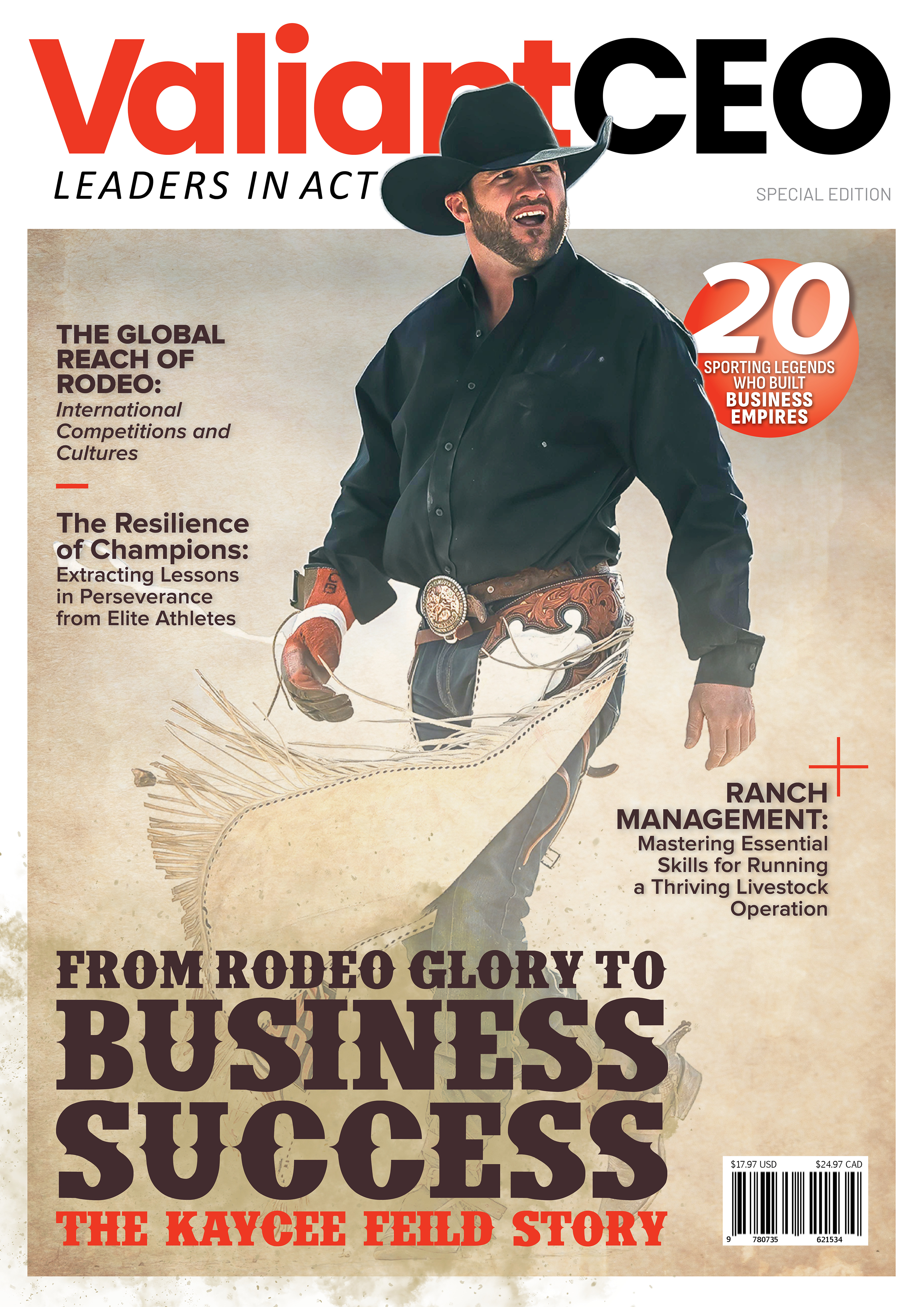Navigating the intricate maze of the job application process can be overwhelming for many. Each industry, with its unique set of requirements, presents its own challenges. Yet, beneath the variances, the foundation of every successful job application is rooted in simplicity and clarity.
A methodical, streamlined approach not only minimizes potential hiccups but also bolsters an applicant’s confidence. Simplifying the process empowers potential candidates, making the formidable task of job hunting less intimidating, and amplifies the probability of securing that coveted position.
Understanding the Job Role
Taking the initiative to truly understand the role you’re applying for goes beyond a cursory glance at the job description. Delving deeper into the company’s ethos, culture, and values provides invaluable insights.
Websites, annual reports, and even social media channels can offer a comprehensive view of the company’s identity and its stance in the industry. Equally essential is to interpret how your unique skills and experiences align with their requirements. For instance, if you’re interested in warehouse careers, make sure to find jobs that match your skills.
What’s more, if a company values community engagement and you’ve volunteered or led community projects, it’s not just about the skill you’ve gained, but also about resonating with the company’s values. This connection ensures that you’re not just technically competent but also culturally in sync with the organization.
Preparing a Standout Resume
A resume encapsulates your professional journey. Every application is unique, and your resume should mirror that specificity.
Pinpoint accomplishments that directly relate to the job’s requirements, and use action verbs to convey your contributions effectively. For example, instead of merely stating “worked in a team,” specify “led a team of 5 to streamline project delivery, improving efficiency by 20%.”
Moreover, ensure that every word adds value. While highlighting your achievements, be vigilant about common errors, such as typos, which can detract from the professionalism of your application. If in doubt about whether you can write a great resume, professional resume writing services can be of great help, making your CV stand out.
Crafting a Compelling Cover Letter
 When it comes to writing a cover letter, the key is to grab the reader’s attention right from the beginning.
When it comes to writing a cover letter, the key is to grab the reader’s attention right from the beginning.
Start by addressing the hiring manager directly if you have their name, as it instantly personalizes your letter and shows that you’ve done your homework. Dive into how your unique skills and experiences align with the company’s needs.
Remember, your cover letter should not just be a reiteration of your resume. Instead, it’s an opportunity to showcase your passion, share relevant anecdotes, or elaborate on career highlights that resonate with the position.
Frame your experiences around how they benefit the company, signaling that your primary interest is in contributing to their success, not merely advancing your own career.
Digital Footprint: Cleaning Up Your Online Presence
In an era where information is at our fingertips, your online presence can speak volumes before an interview.
It’s prudent to start with a self-audit:
- Google your name and comb through several pages of results to ensure there’s nothing damaging.
- Your LinkedIn profile, often among the top results, should have a professional headshot and be up-to-date with your career milestones.
- Platforms like Facebook, Twitter, and Instagram are also on the radar. Ensure your photos, posts, and shared content across these platforms project a professional and consistent image.
By meticulously curating your online profiles, you’re not just avoiding potential pitfalls but are actively shaping the narrative of your professional brand.
Practicing for Interviews

Interview preparation is crucial for showcasing your abilities and leaving a lasting impression. One effective method for articulating your experiences is the STAR method, which stands for Situation, Task, Action, and Result.
- Situation: Describe the context or background. Where and when did this take place?
- Task: Elaborate on your responsibility in that situation. What challenges did you face or what needed to be accomplished?
- Action: Detail the steps you undertook to tackle the task. This is a chance to highlight your problem-solving skills and initiative.
- Result: Convey the outcomes of your actions. Did you achieve the goal? Did you learn anything? This is an opportunity to demonstrate your contributions and the positive impact you had.
Following Up After Submission
The ability to schedule reports is an important feature of any learning management system (LMS). This allows businesses to save time by automatically generating and distributing reports regularly.
Scheduling reports can be a real-time-saver for businesses, especially those with large amounts of data to process. Businesses can free up their employees to focus on other tasks by automating the report generation process.
Summary
While the hurdles in the job application journey might seem insurmountable at times, with the right strategies, they become challenges rather than roadblocks. The key lies in breaking down each phase, understanding its nuances, and adopting a simplified approach.
Such an approach positions you distinctly in the eyes of potential employers and ensures a smooth, stress-free experience. Let these guidelines be your compass, guiding you to make informed, confident strides in your professional quest.







